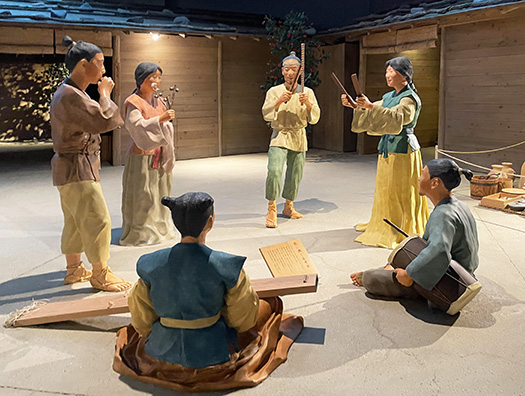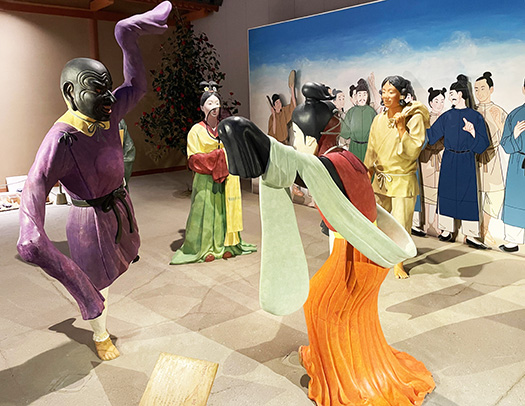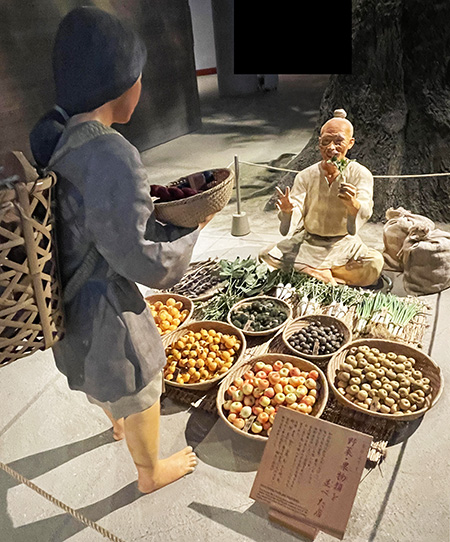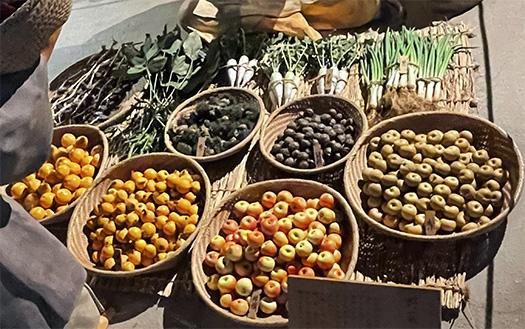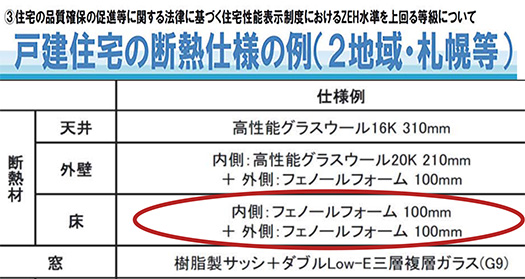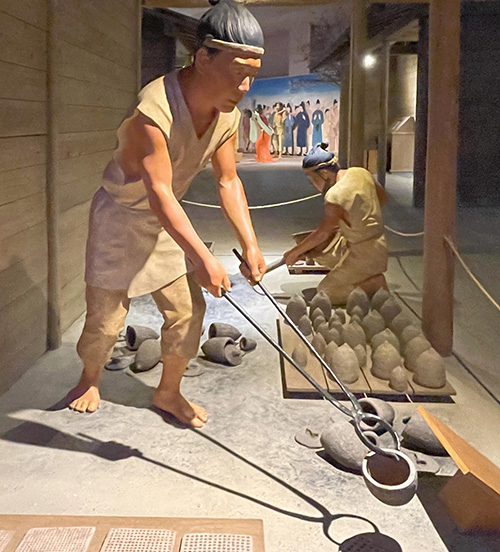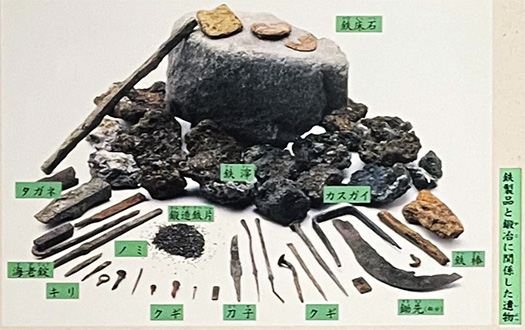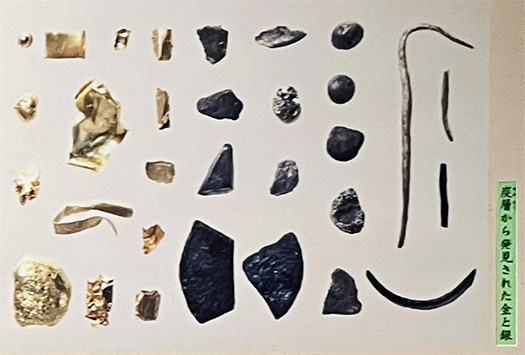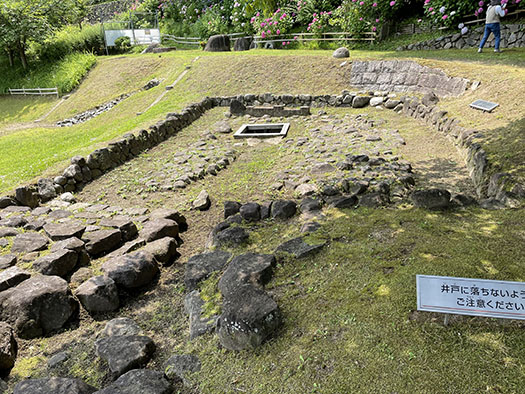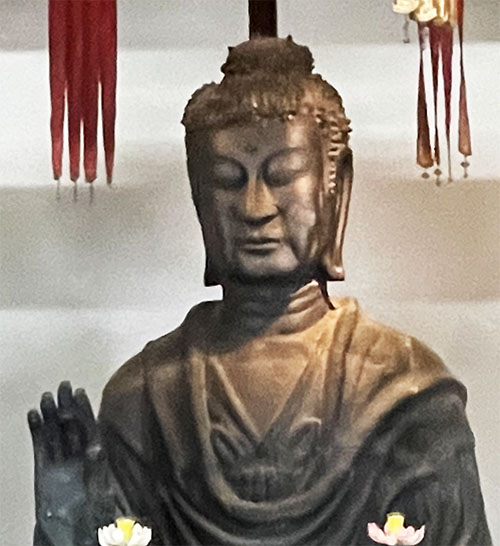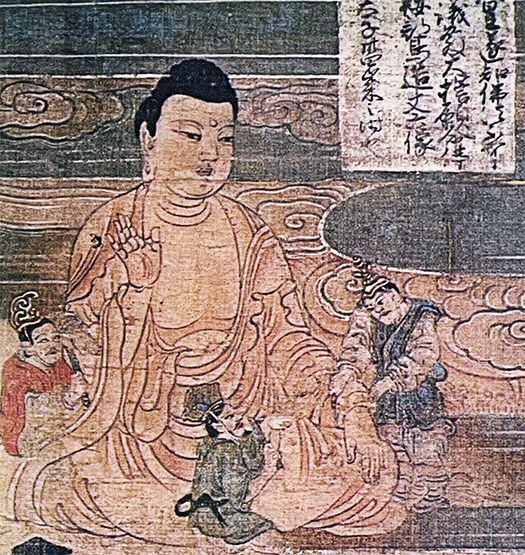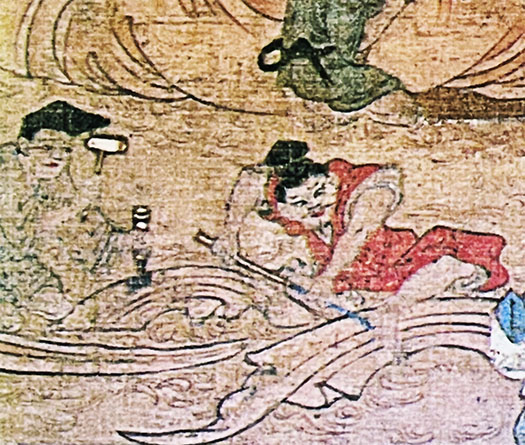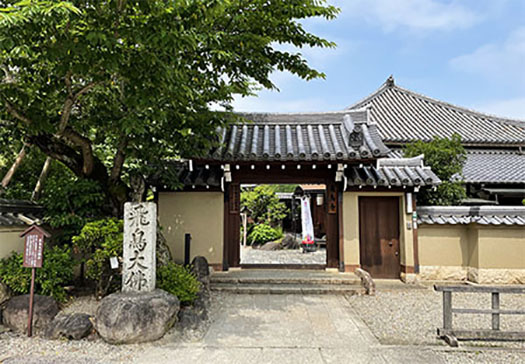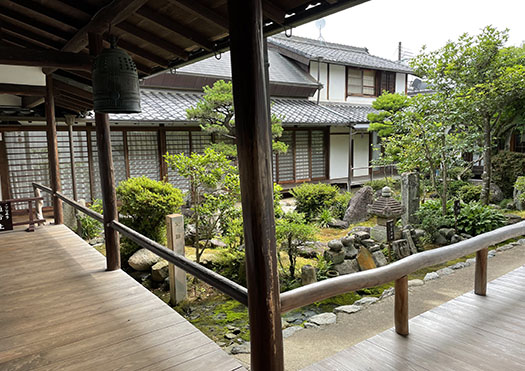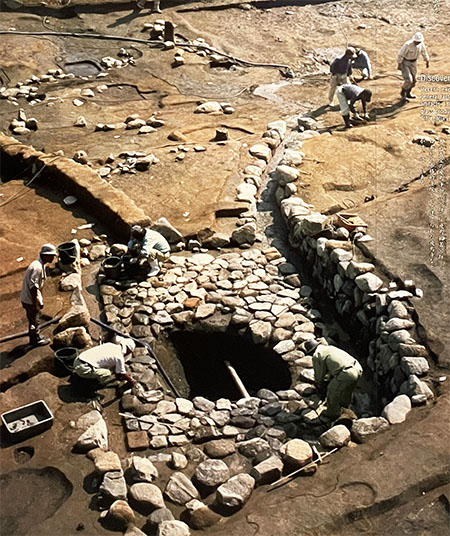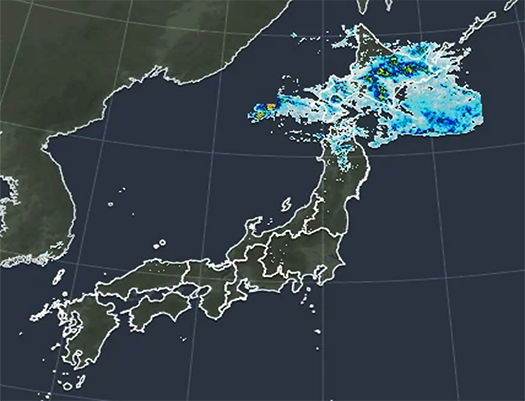
昨日は久しぶりのアース21札幌での例会・現場見学会。
たっぷりと5件の現場を見学することができました。
そのうち完成間近で内装もほぼ終わっている現場は1件だけで
その他は構造と断熱段階のものが多かった。
やはりリアルに現場での寸法感覚を確認しながら見るのは
刺激感が全然違う。
感染症での閉塞状況を体験して、やはり人間感受性の多様性、
感覚がリフレッシュされて反応しているのがわかる。
ということでしたが、札幌はここのところ雨続き。
バスでの移動は「密を避ける」ということで回避して
各自のクルマでの移動でしたが、それでもときどき豪雨状態で
一時は全身が雨まみれに。
どうやら関東地区が梅雨明け宣言したあとの梅雨雲が一気に北上し
写真のような雨雲状態のようです。
北海道は梅雨がない、というのが長い民族的記憶で、
北国のさわやかな初夏というのが「天国に一番近い」季節の印象だった。
それがいまや、全国の梅雨を全部集めたような天候であります。
一方で東京・関東は数日間高温が続いているようですね。
そこに電力の逼迫状況があって連日「節電」令のような状況が続いている。
熱中症による搬送が急増しているとも言われている。
民意を反映しなければならない選挙も同時進行しているので
象徴的な局面が否応なくやってきているように思える。
なにより安定的な電力は高度に発展した社会では不可欠な要素。
ロシアのウクライナ侵略という未曾有の事態が
世界のエネルギー危機を際だたせている。
安全保障とエネルギー問題はまさに現代社会の最重要課題。
日本人の未来選択としてどういう投票行動になるのか。
相当大きな転換期がこういうカタチで表れてきているように思います。
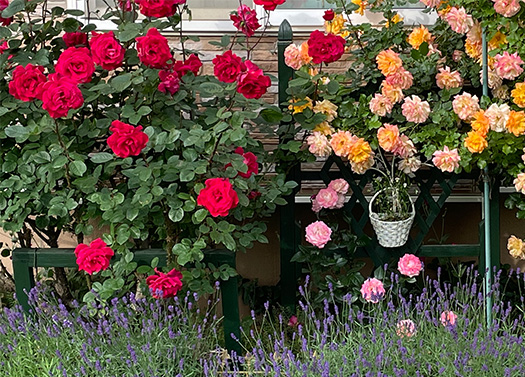
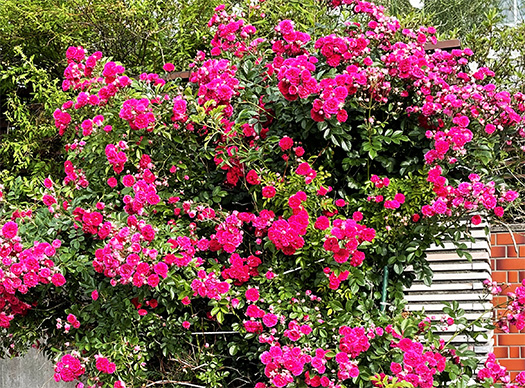
でも雨は自然にとっては天与の恩恵。
色とりどりの花々が目を楽しませてくれている。
本日朝もずっと続いている雨の中ですが、
さて散歩はどうしようか、悩むところであります。
ということで、本日は連載テーマ企画は一時お休みさせていただきました。
English version⬇
After Kanto declared the end of the rainy season, Hokkaido is experiencing the Ezo rainy season?
Sapporo is like the peak of the rainy season. Kanto is in the midst of saving electricity all at once. Aggressive Russia and energy crisis, what will be the will of the people? …
Yesterday was the first meeting and site tour at Earth21 Sapporo in a long time.
We were able to visit a total of five sites.
Of these, only one site was nearing completion and the interior was almost finished.
The rest were in the structural and insulation stages.
After all, it is a totally different and stimulating experience to see a real site while confirming the dimensions of the building.
The sense of stimulation is totally different.
Experiencing the blockage situation caused by the infection, I could see the diversity of human sensitivities and
I could see that people’s senses were refreshed and reacted to the situation.
But it has been raining in Sapporo for a while now.
We avoided traveling by bus to “avoid the density.
We avoided traveling by bus to “avoid density” and took our own cars, but it was still raining heavily at times.
But even so, it was still raining heavily at times, and at one point our bodies were covered with rain.
It seems that after the rainy season was declared over in the Kanto area, the rainy clouds moved northward at once.
The rain clouds are like the ones in the picture.
My long national memory is that there is no rainy season in Hokkaido.
The impression of a refreshing early summer in northern Japan was that it was the season “closest to heaven.
Now the weather is like a collection of all the rainy seasons in Japan.
Meanwhile, Tokyo and Kanto seem to be experiencing high temperatures for several days.
There is a tight power supply situation there, and the situation is like a “power-saving” decree every day.
It is said that the number of people being transported to hospitals due to heat stroke is increasing rapidly.
There is also an election going on at the same time that must reflect the will of the people.
It seems that a symbolic phase is inevitably coming.
Above all, stable electric power is an essential element in a highly developed society.
The unprecedented situation of Russia’s invasion of Ukraine
The unprecedented invasion of Ukraine by Russia is accentuating the global energy crisis.
Security and energy issues are the most important issues in modern society.
What kind of voting behavior will the Japanese people take as they choose their future?
I believe that we are at a turning point of considerable magnitude, and it is manifesting itself in this way.
But rain is a godsend to nature.
The colorful flowers are a feast for the eyes.
Well, it’s been raining all morning today.
Now I am wondering what to do about my walk.
So, we have temporarily taken a break from our serial theme project today.
Posted on 6月 29th, 2022 by 三木 奎吾
Filed under: 住宅マーケティング, 日本社会・文化研究 | No Comments »




